Anyone interested in V8s who has ever heard and seen Joel Skoglund thunder down the drag strip in his Dart has probably pondered more than once about the engine that hits nearly 9,000 rpm run after run. What kind of engine is it? How often does it need servicing? But above all … what’s inside that V8?
“I wonder that myself. I haven’t opened it yet. What I do know is that it has 12:1 compression and the cam lifts about .750 inches. That’s it,” Skoglund says.
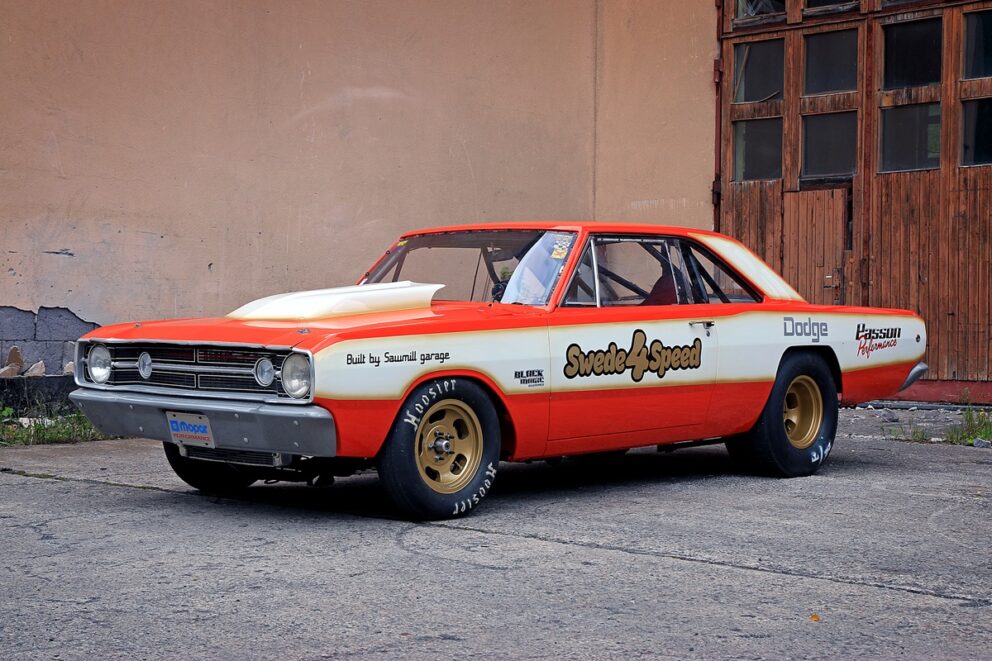
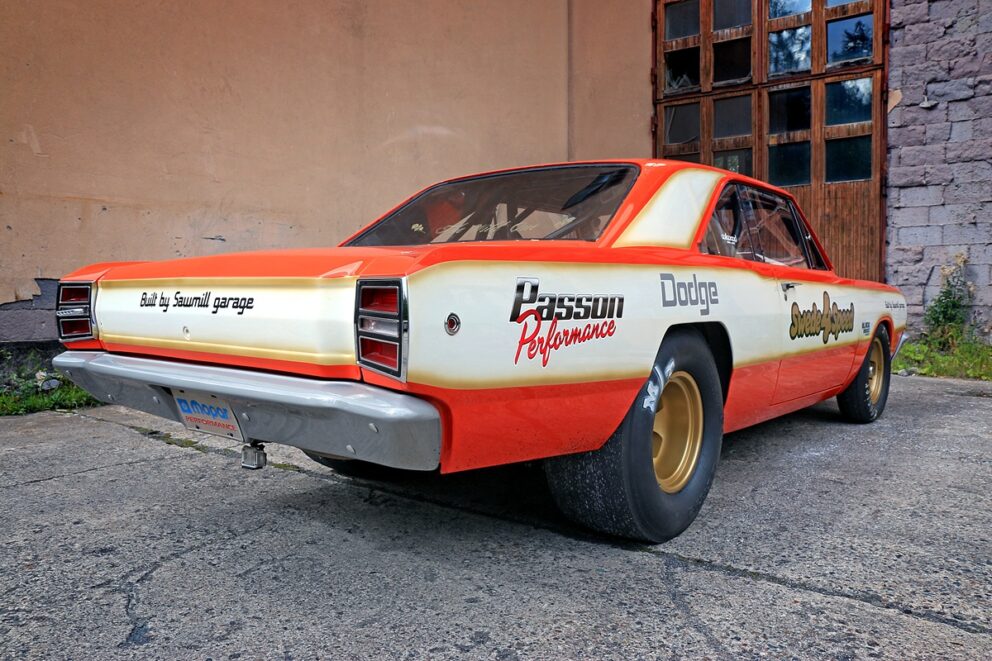
He may come off as secretive, but he isn’t. Although Skoglund does everything himself – including painting his builds – he didn’t build this engine. It was already in the Dart when he bought the car.
However, if you count most of the Dart’s roll cage, about half the rear fenders and the roof, the V8 is basically the only thing left untouched since Skoglund bought it just over two years ago.
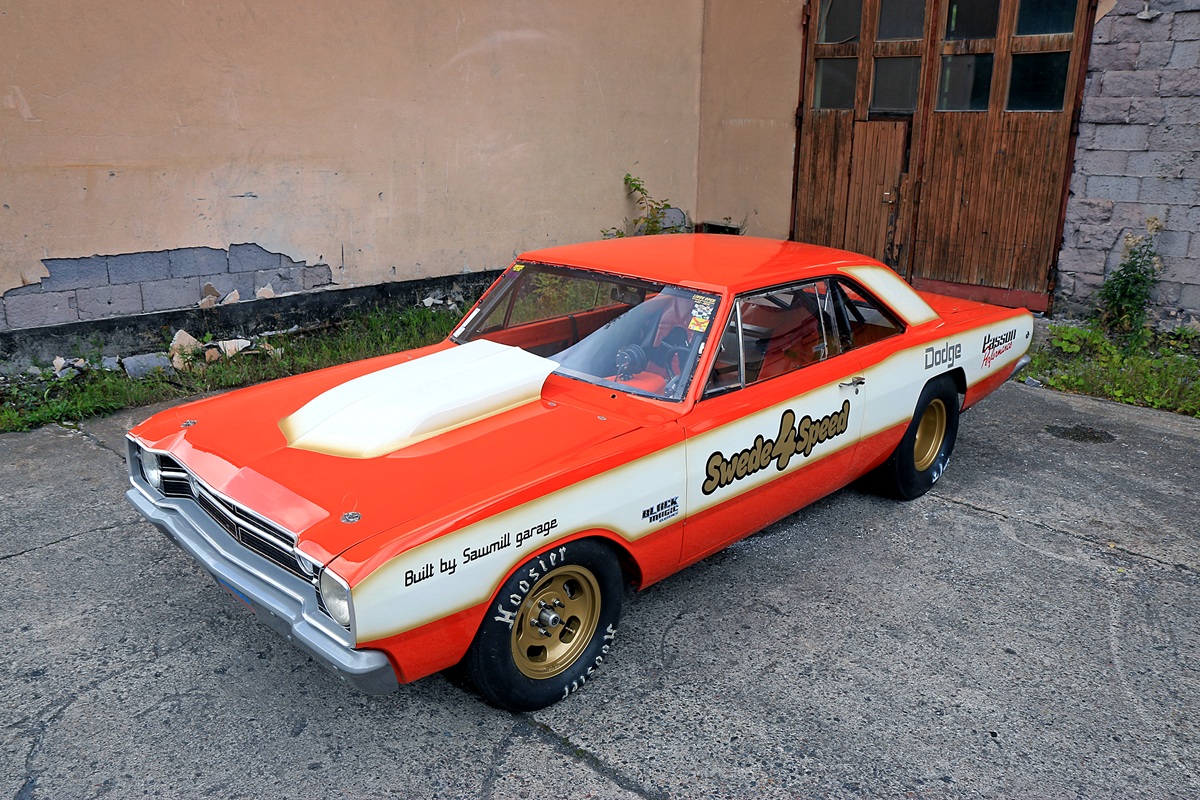
As usual, let’s start from the beginning.
“I bought the car ready to run – whatever that means. It was a total nightmare build. I’ve redone practically everything.”
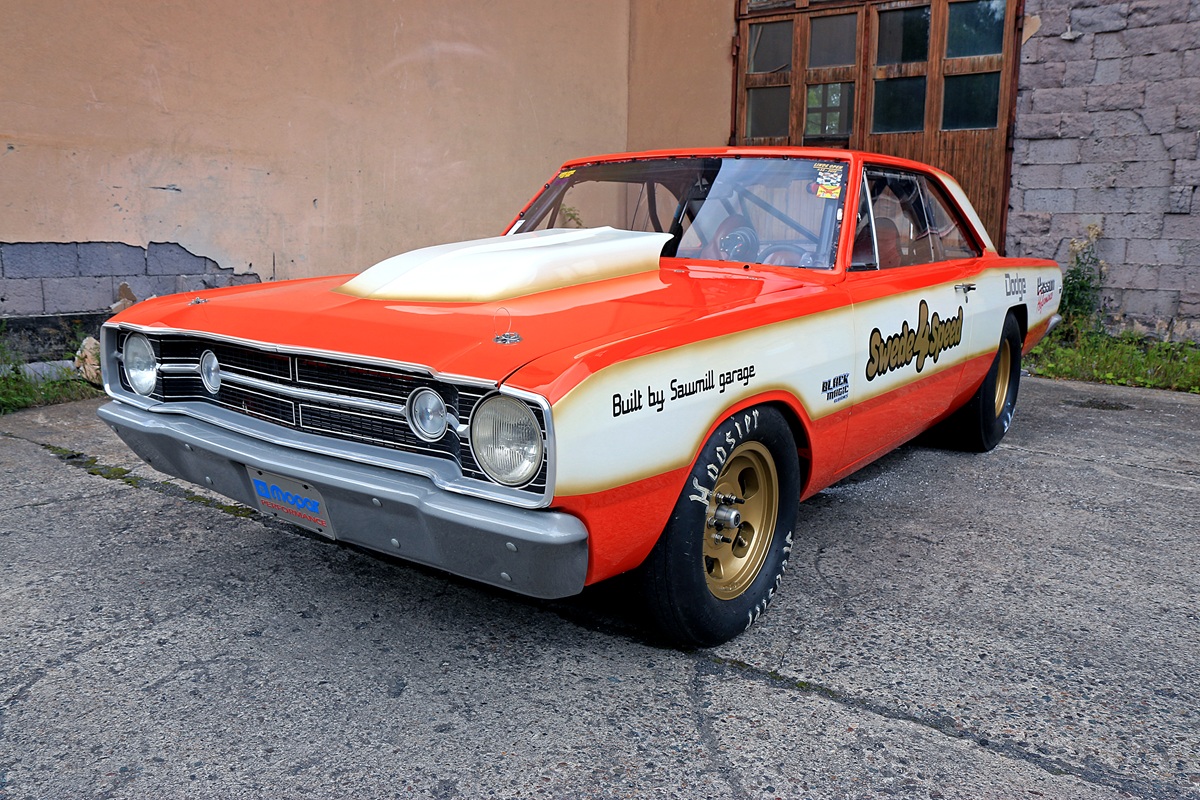
When Skoglund says “nightmare build,” he means it in every sense. The Dart was one of the ugliest cars he’d ever seen. Complete with stick-on flames that looked like they were applied by a group of preschoolers on a sugar high.
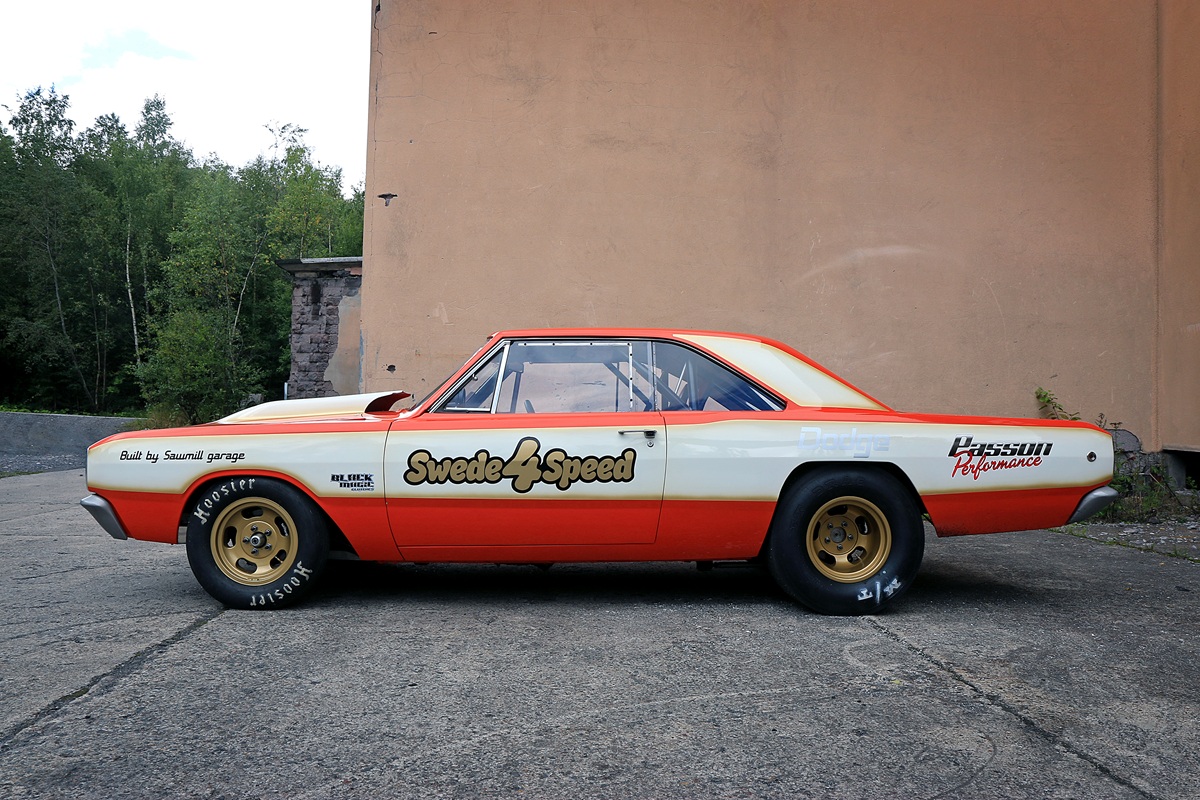
“Some things were held on with… tape. The Dart was a very shoddy build. Whoever built it did it in a real hurry,” Skoglund says coolly.
The Dart, originally a 1969 model that Skoglund converted to a 1968 for the right look, was sold new in Sweden with a straight-six. The owner before last was a Norwegian who took the Dodge to the U.S. for a while and rebuilt it there. Out went the 360 with W2 heads, in went a full NASCAR drivetrain.
The Norwegian raced it a bit on the strip, then brought the car back to Norway.
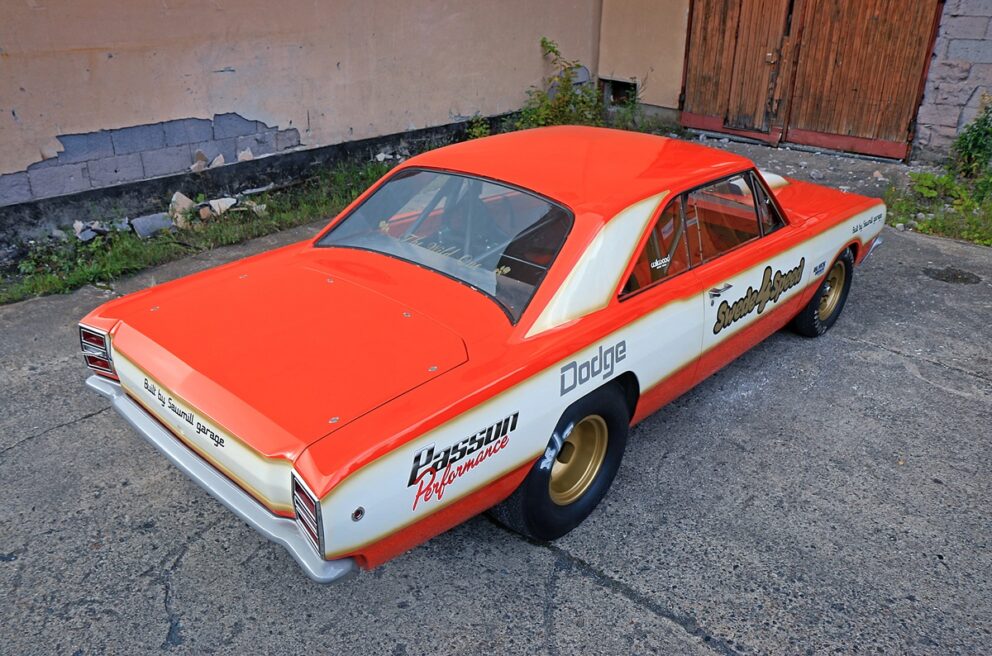
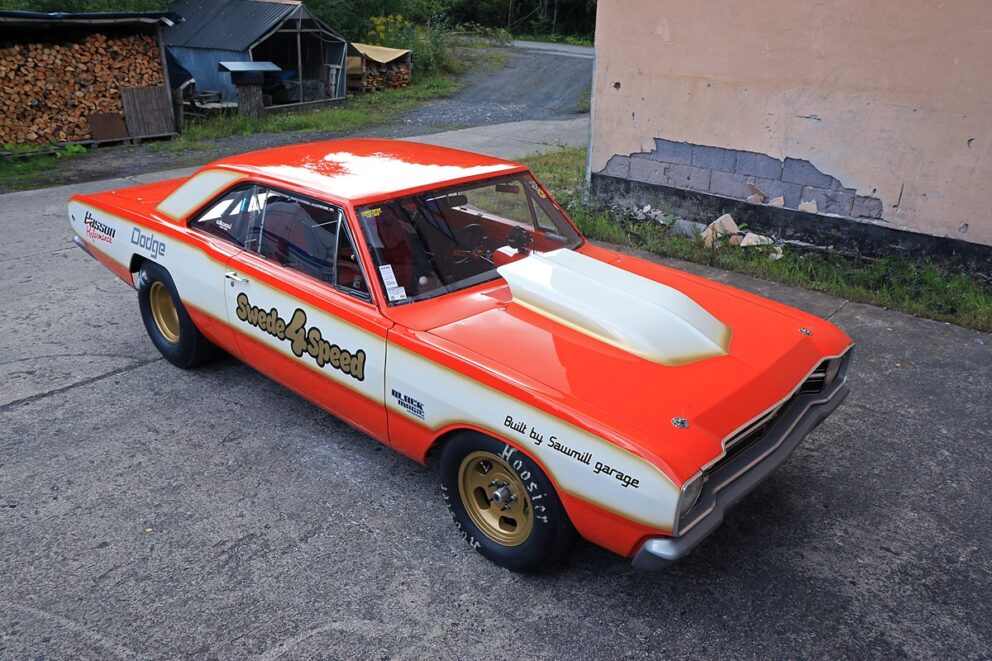
You could say the Dart is well-traveled. Built in the U.S., imported to Sweden. Exported to Norway. Taken to the U.S. again and brought back to Norway as personal effects. And finally, it landed with Skoglund back in Sweden.
So what about the current engine?
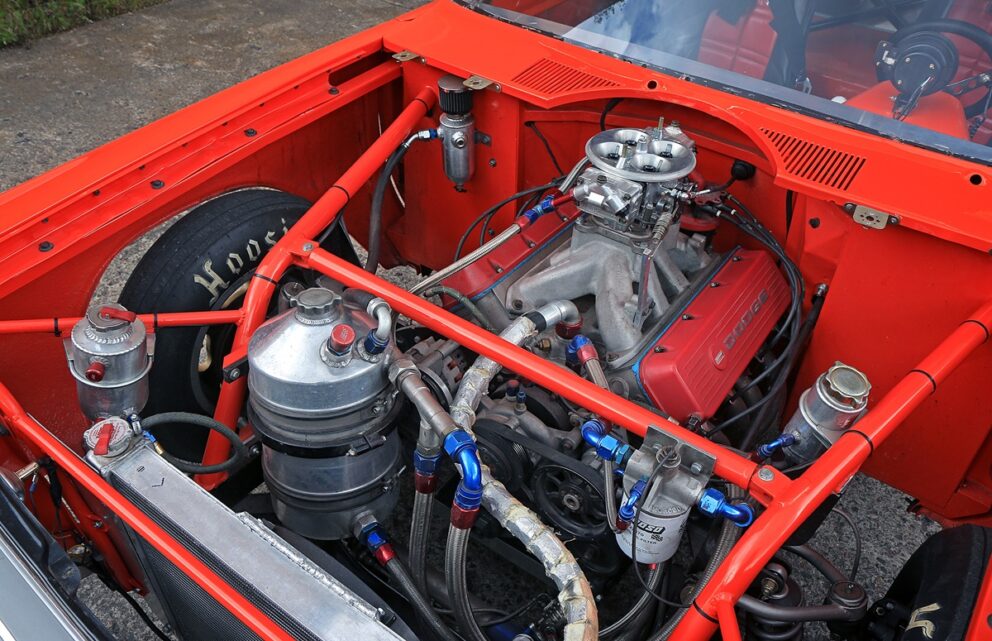
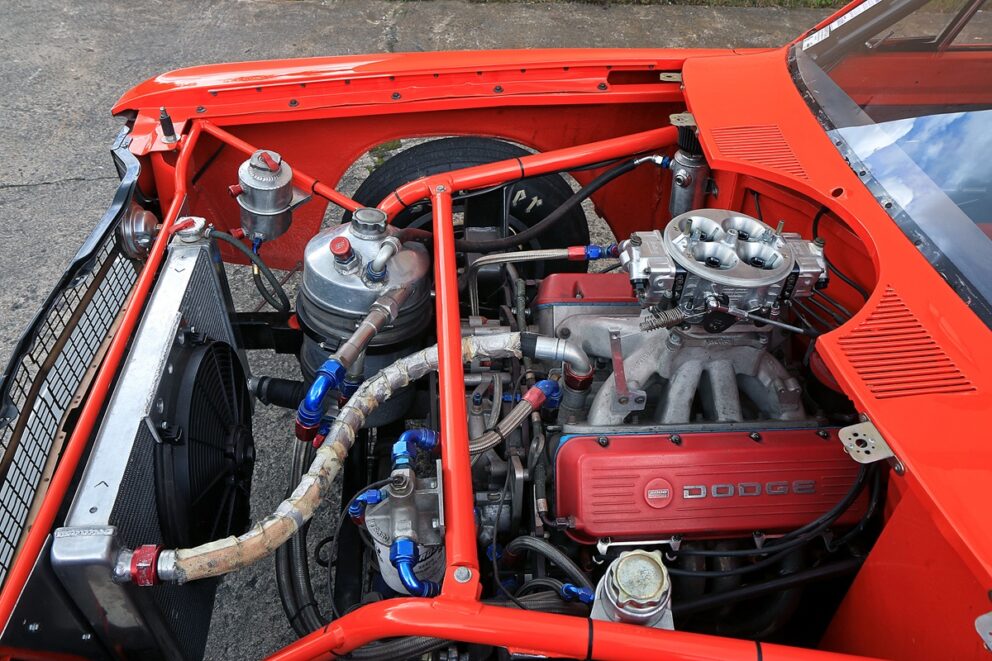
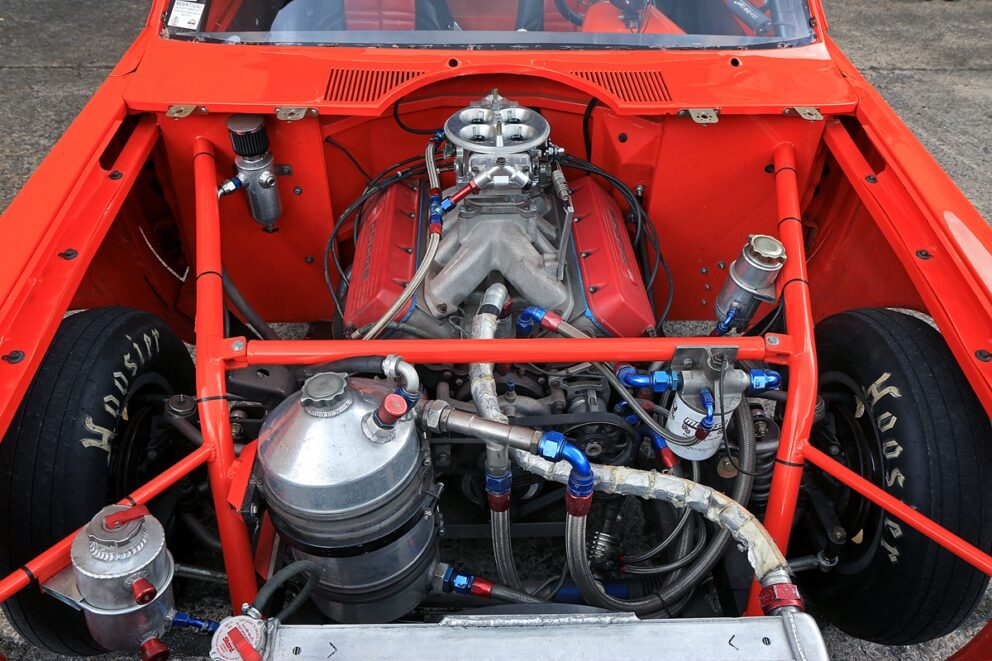
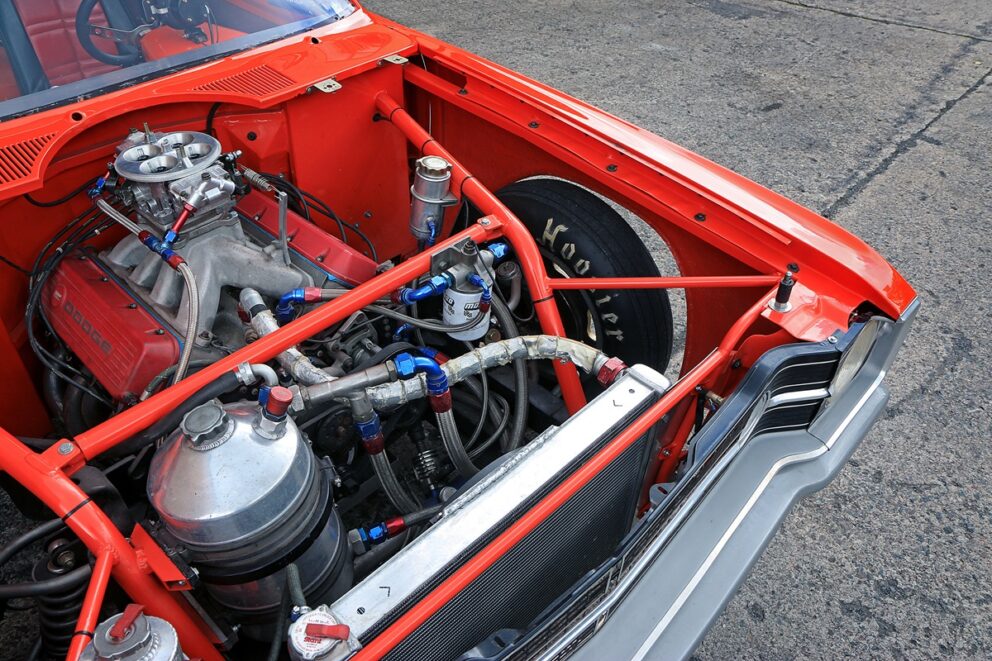
“It’s a 358 cui. The engine and transmission came straight from a NASCAR car, and the V8 is completely untouched. The only thing I’ve done is change the spark plugs and the oil. I shift at 8,300 rpm and the rev limiter hits at 8,800. I had it set at 9,300 rpm initially, but I lowered it a bit.”
Awesome.
The reason behind the engine choice is pretty simple.
“The engine is built to run at max rpm for hours. So you shouldn’t have to wrench on it. And that’s how it’s been. I haven’t touched the engine. It just runs. It’s great not having to change valve springs after three passes on the strip. It’s not like I’m short on things to fix, if you know what I mean.”
Take the transmission, for example – Skoglund blew it up after a while. Maybe just as well, since it gave him a chance to tailor it for drag racing instead of NASCAR.
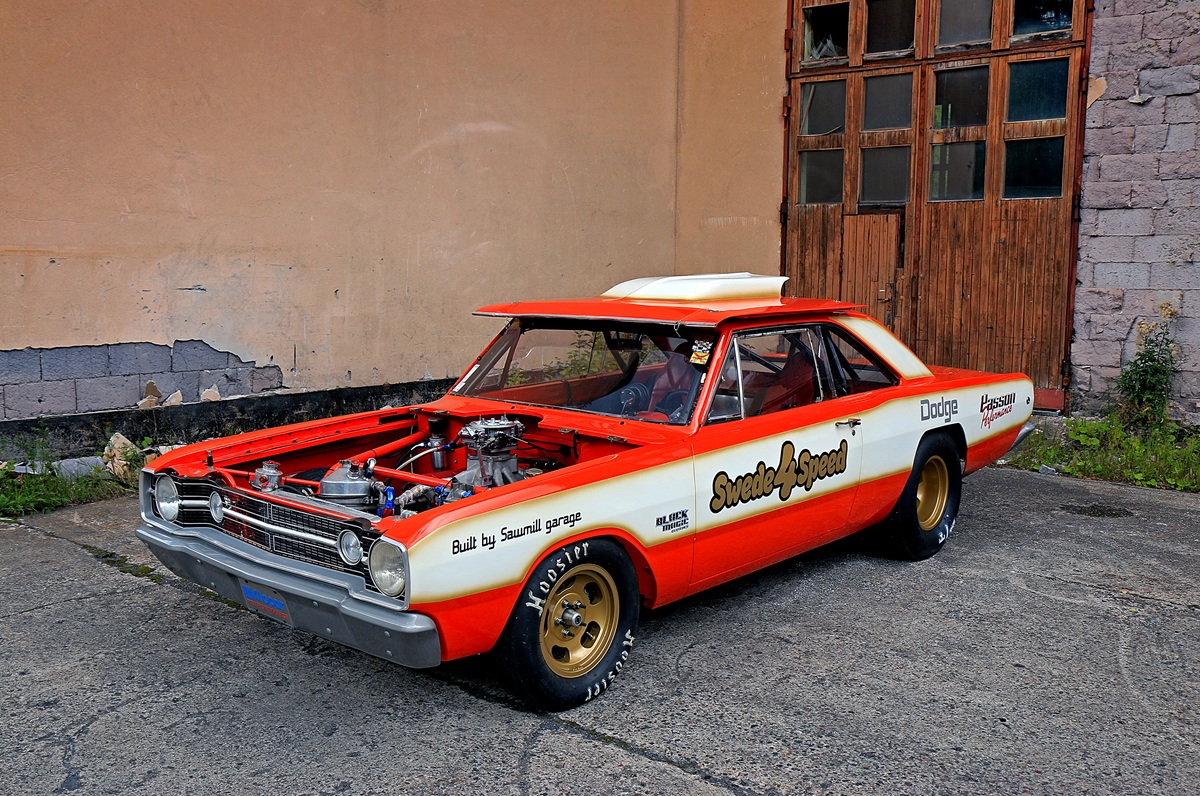
The rear axle, with its 4.11:1 gearing, wasn’t exactly ideal for the strip either.
“The car would hit 100 kph in first gear, more or less. And that’s with an engine revving just under 9,000 rpm. With a big block topping out at 5,500, that gearing might work – but not here. So I went up to 5.0:1. I also took the opportunity to rebuild the rear suspension with new links and springs to suit the Dart for drag racing.”
And the reason Skoglund bought the Dart despite it looking like a rolling horror show? The engine. But also the transmission, of course. It’s a manual. In Skoglund’s world, the driver shifts gears – preferably using a classic H-pattern.
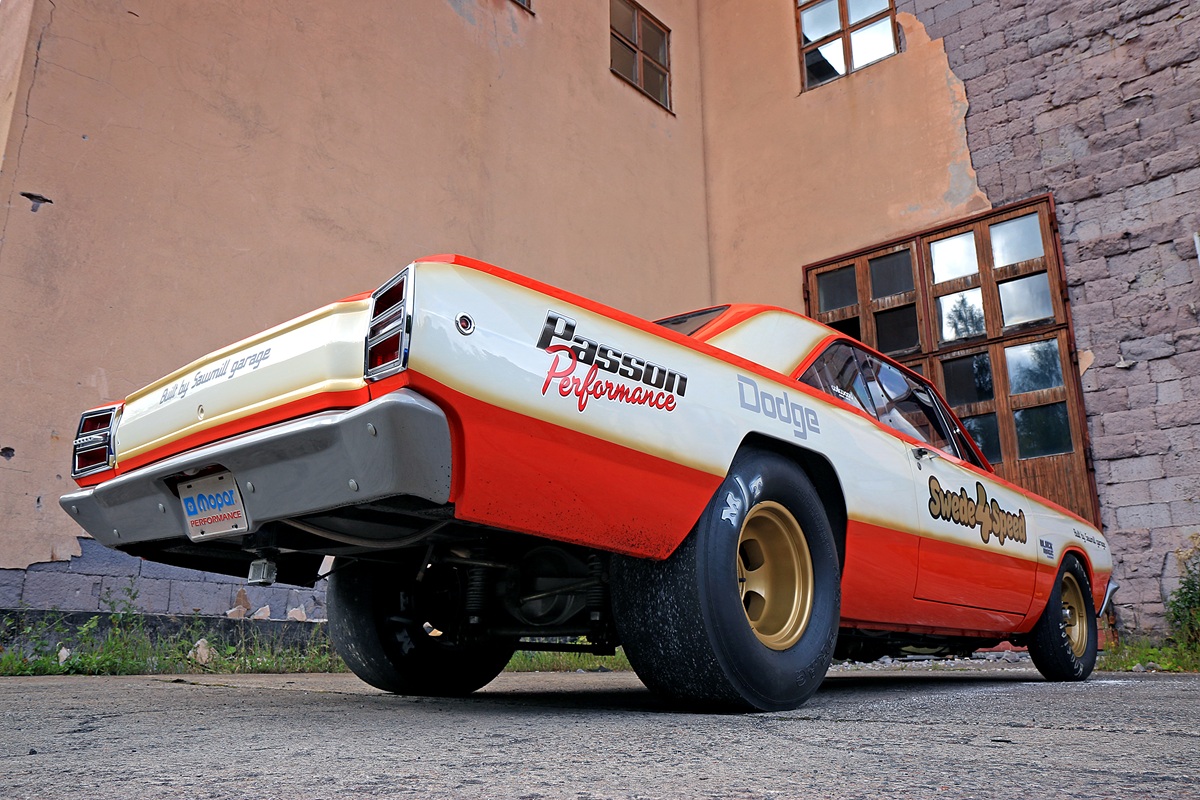
But why does he like a manual transmission, really?
“Uhh… because it’s more hassle,” Skoglund says.
Is life too easy otherwise?
“Yeah, I guess I like a challenge. Let’s put it that way.”
Okay. But then why does the car have power steering? That’s extra weight – and an easier life…
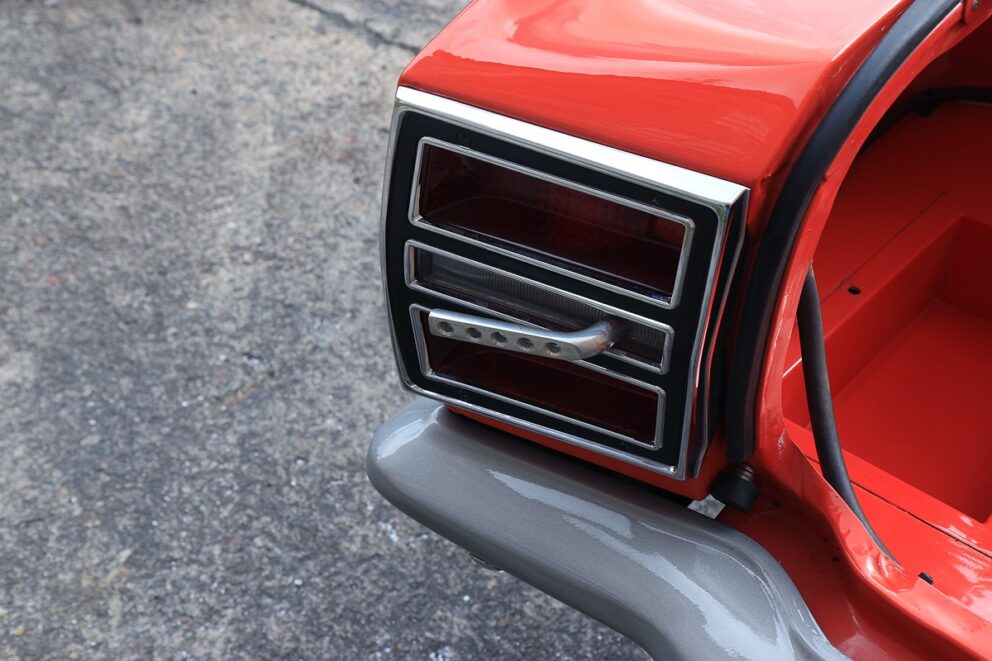
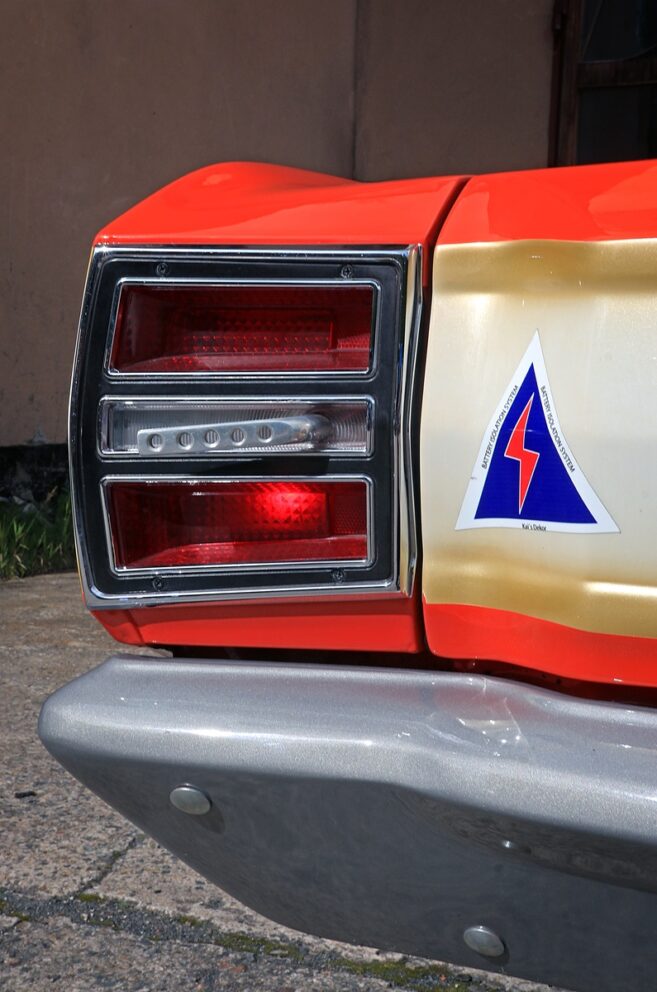
“Haha! Yeah, well… the power steering was already installed when I bought the Dart. I’ve actually been thinking about removing it. That’d shave five kilos off the car,” Skoglund says with a grin.
Suddenly it strikes me, as we’re talking – we’re pretty similar, Skoglund and I. I also tend to choose the more complicated option (even if I don’t always prefer it). I may not have his talent for wrenching and painting, but we share the same temperament (we both get mad as hell when we’re upset), and we have daughters with nearly unique first names. We both try to pull equal weight with the kids as our partners do – though we may not always succeed – and we both like black cars with steel wheels. We’re both crazy about American cars, preferably the underdogs.
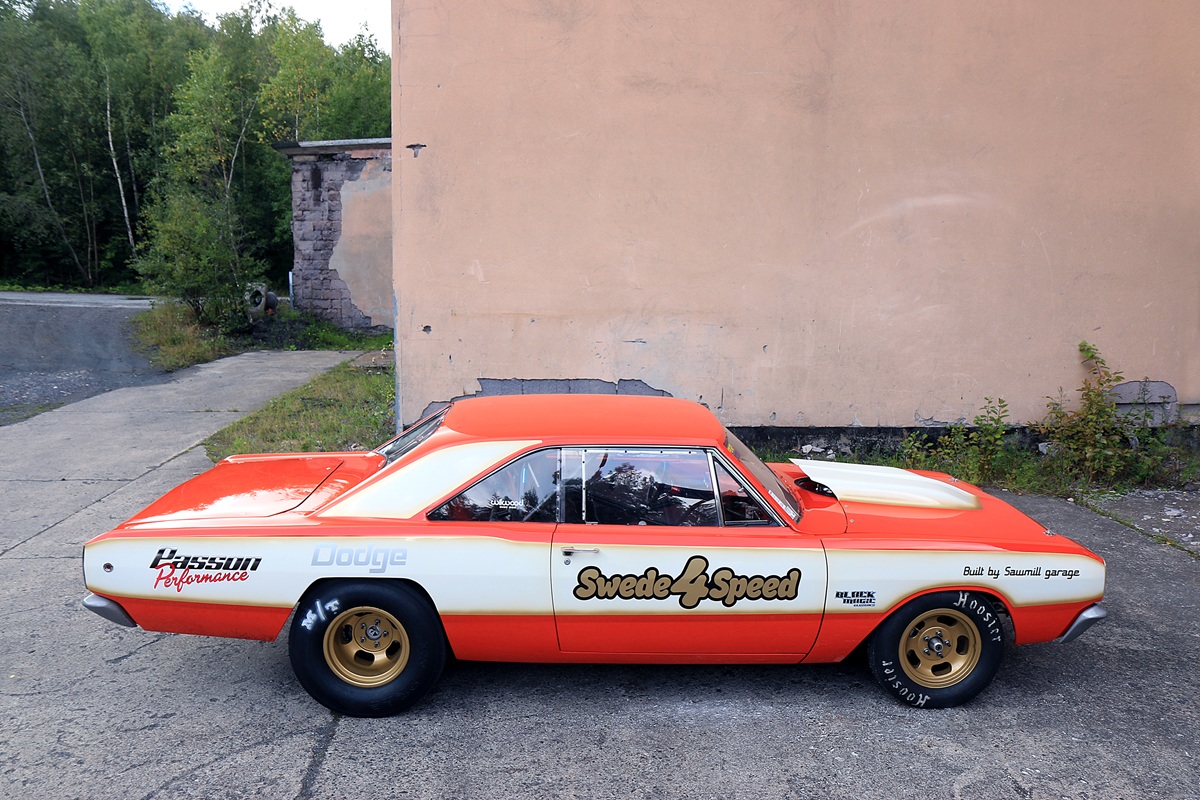
Speaking of tempers, Skoglund tells me there’s at least one hammer and a flat bar at the bottom of the lake next to his garage. He tells me how they ended up swimming with the fish, and I find the reasons more than justified…
On the topic of mishaps and accidents, Skoglund has also reduced a boom box to molecules. And added a new ventilation hole to a door.
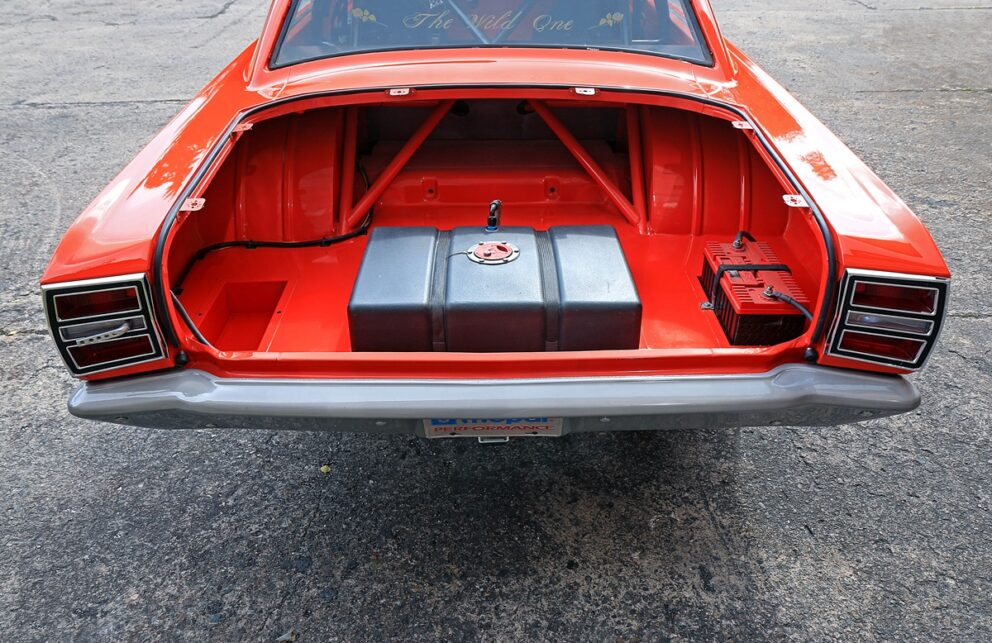
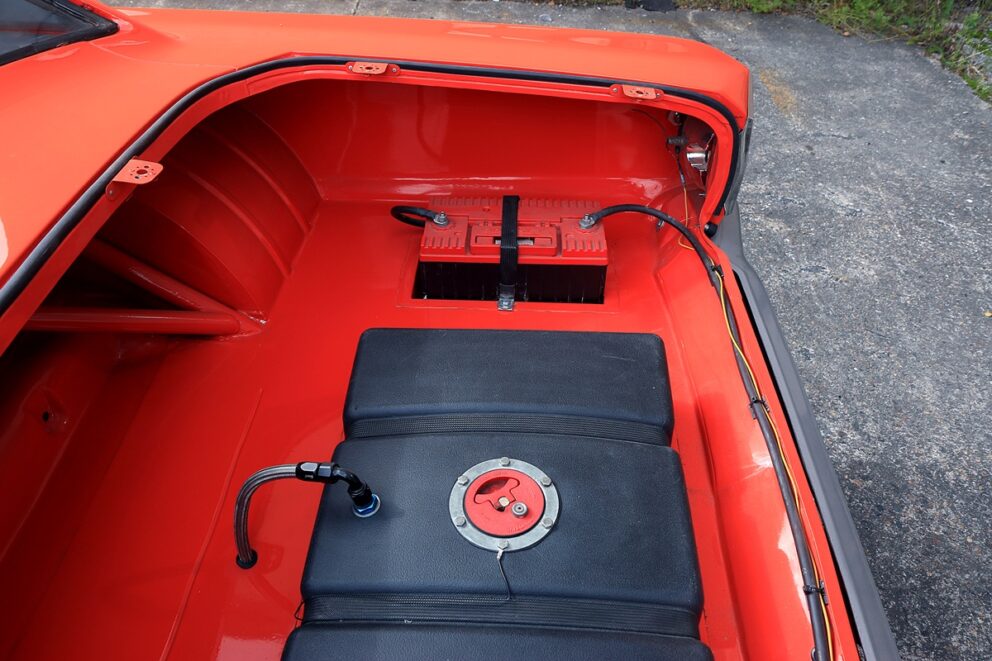
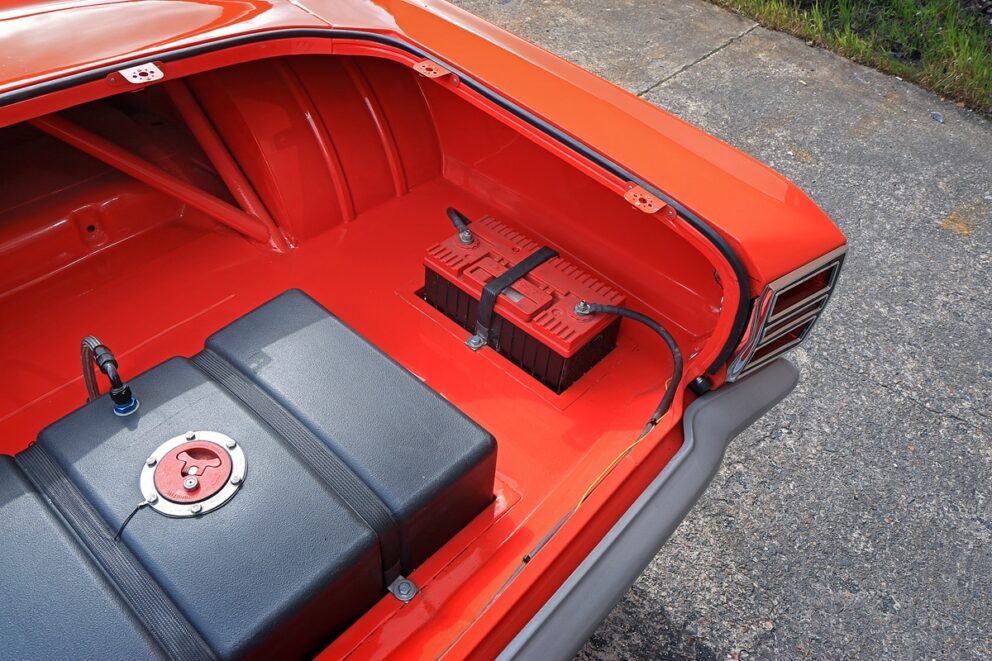
“Yeah, the Dart fell off the jack stands early in the build. I went about it a bit backwards, since I hadn’t decided how much work I was going to put into the car. So I started by cutting out all the sheet metal in the trunk and welding in new metal. Initially, I thought that might be enough – mainly because the fuel tank had been fastened with steel strapping, for example…”
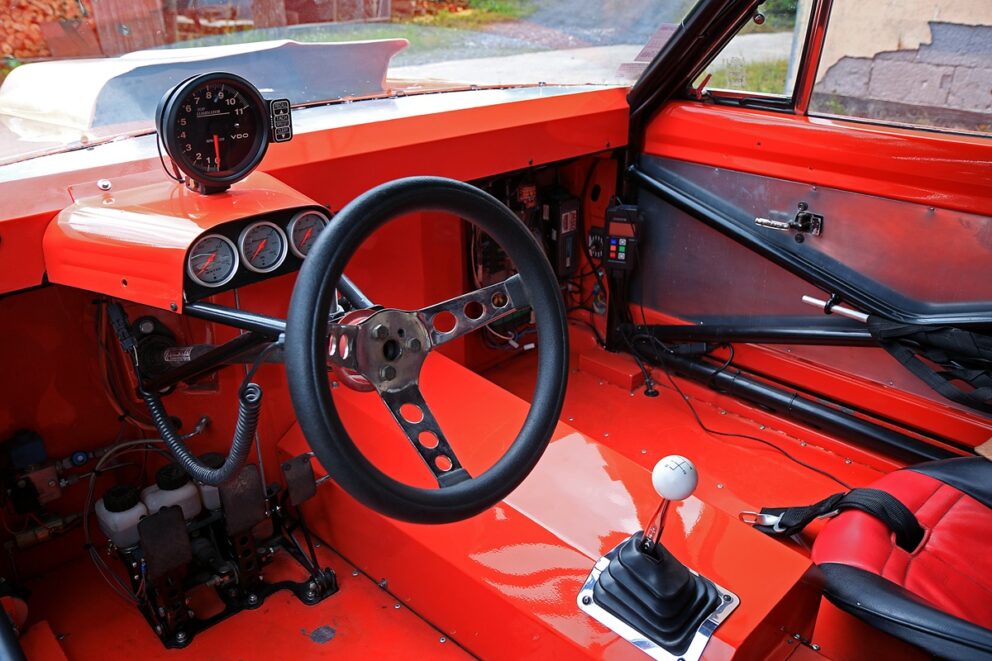
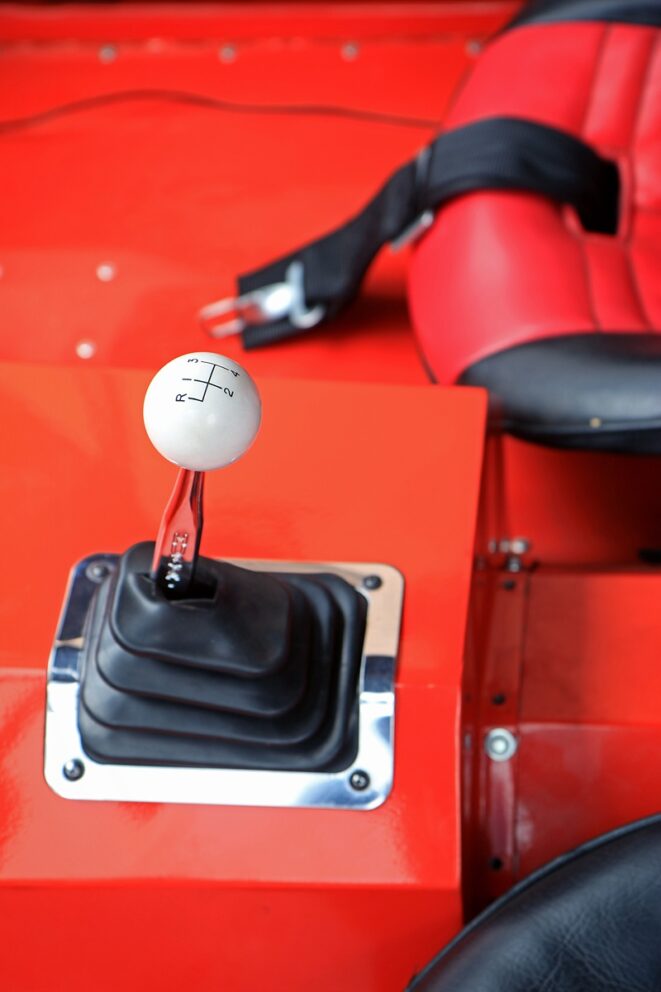
Unfortunately, the jack stands were placed too close to the frame’s kickups, and because of some weight changes, the body slipped off. The car just wasn’t stable enough.
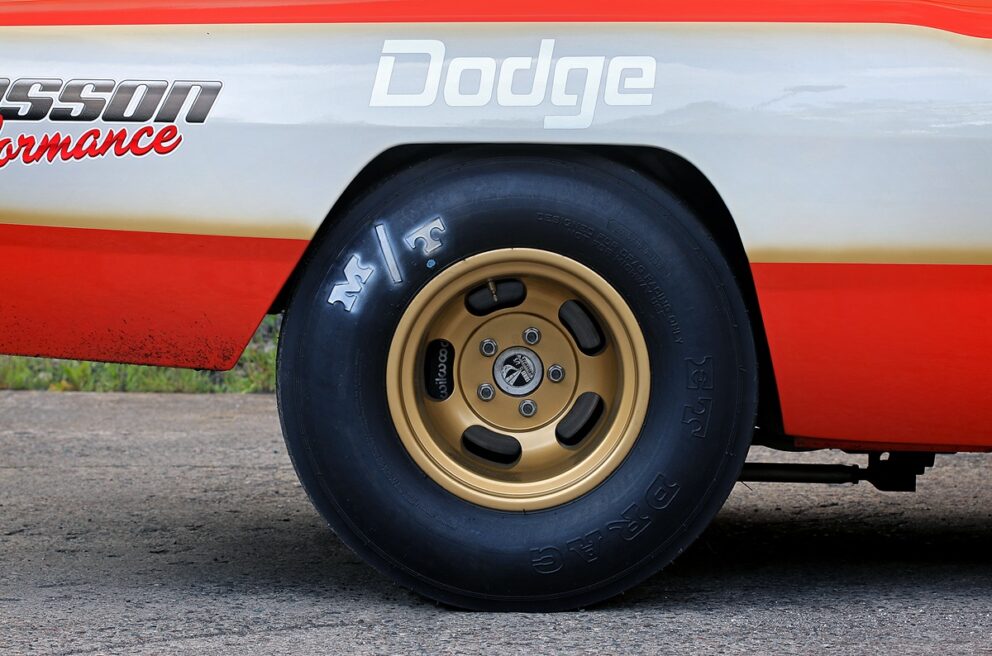
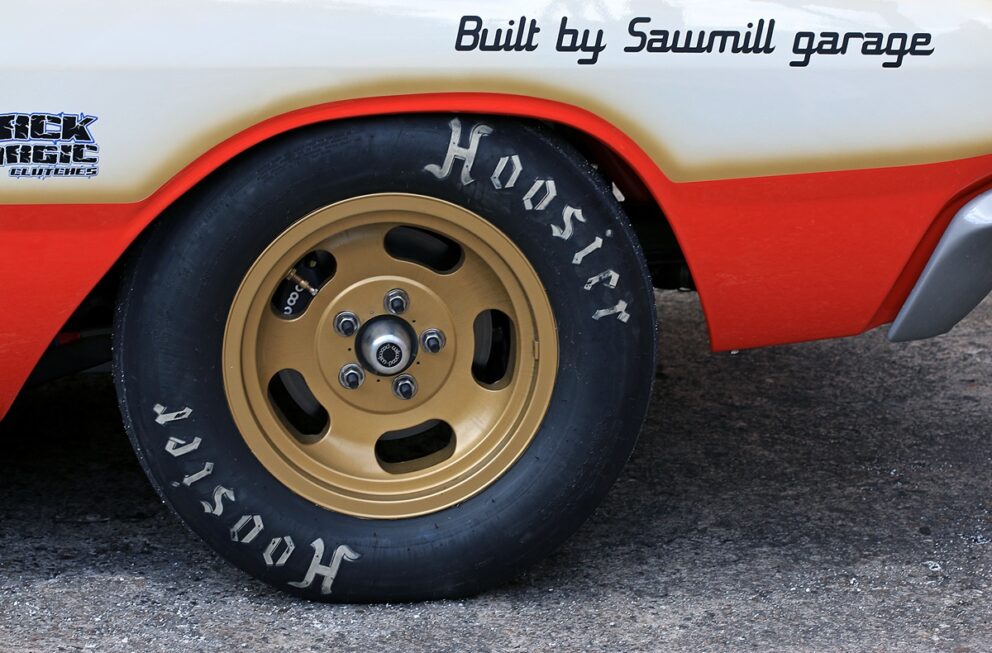
“Stupid as I was, I’d already painted the rear end – and of course, the trunk was the only part of the car that was finished. That’s what got wrecked…”
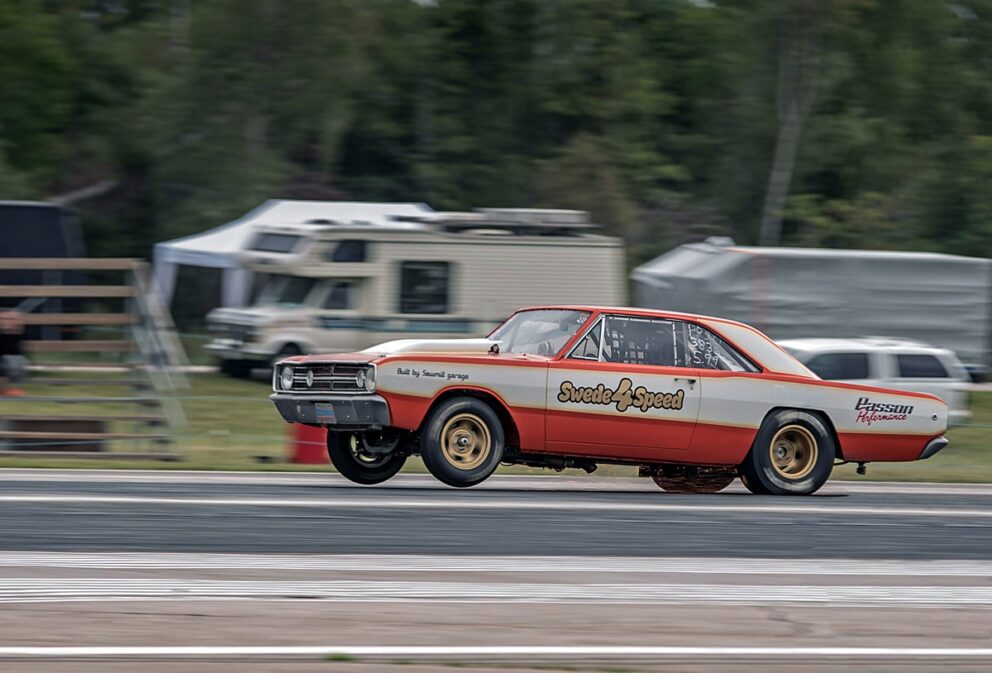
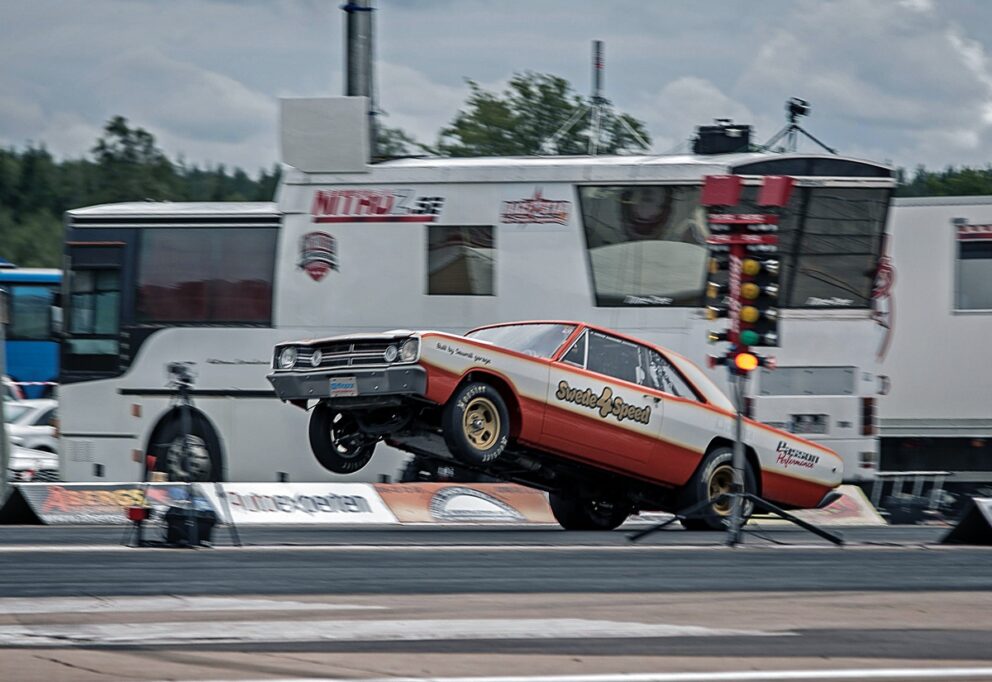
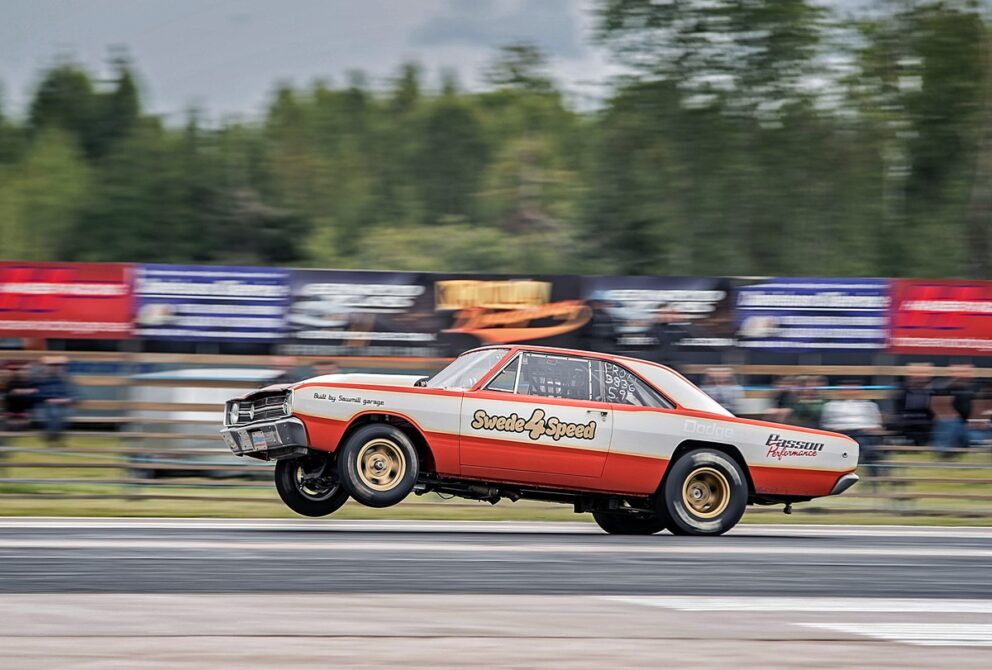
A few years later, that “little bump in the road” hardly matters. The end result, as you can see in the photos, is seriously sharp.
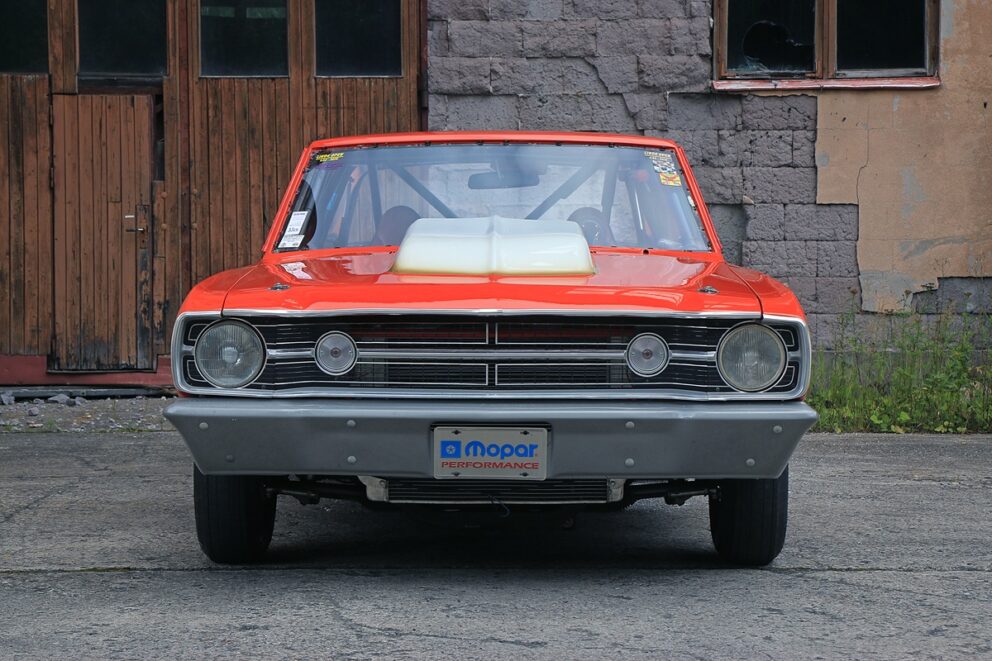
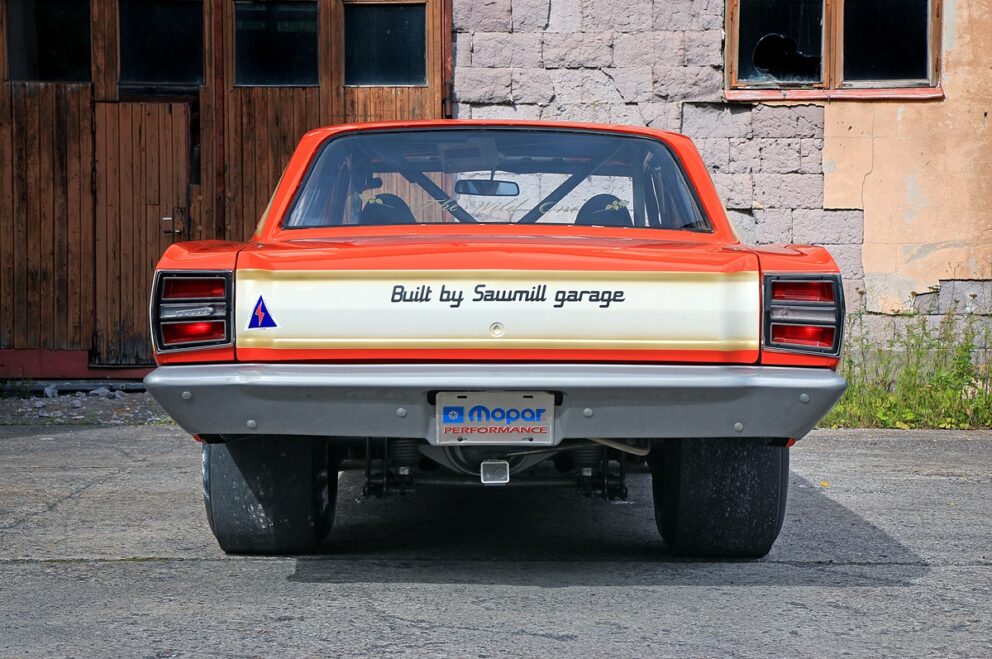
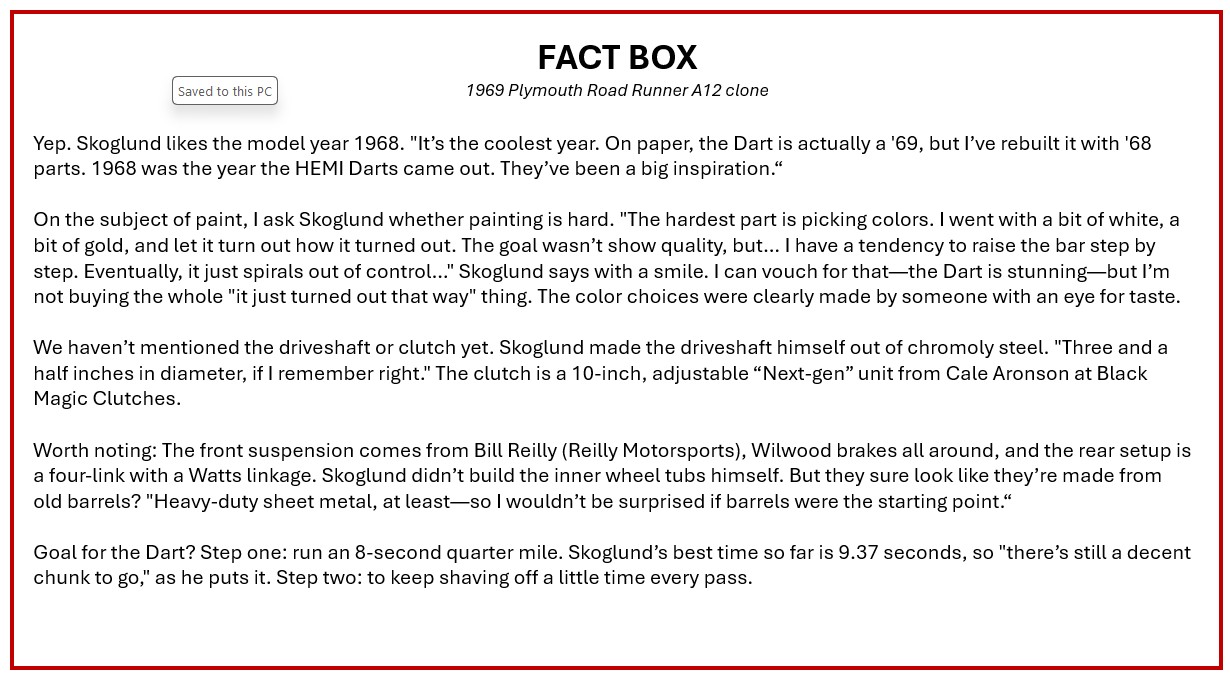
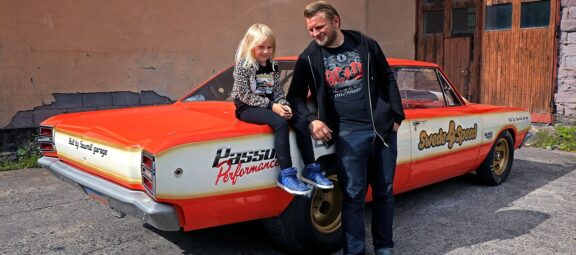
1 Comment
Beautiful Build !!!